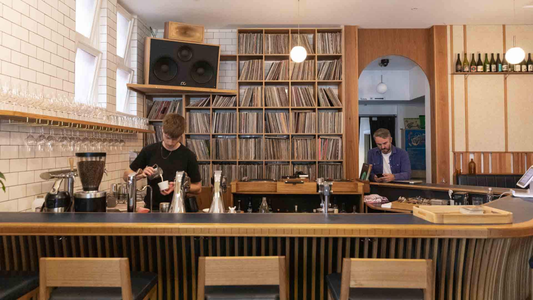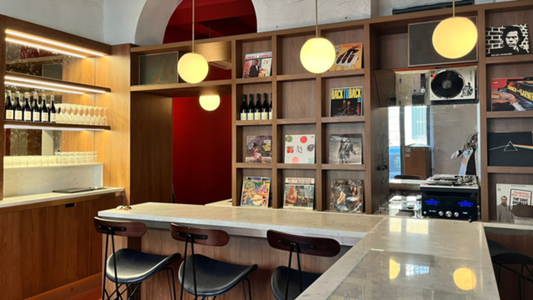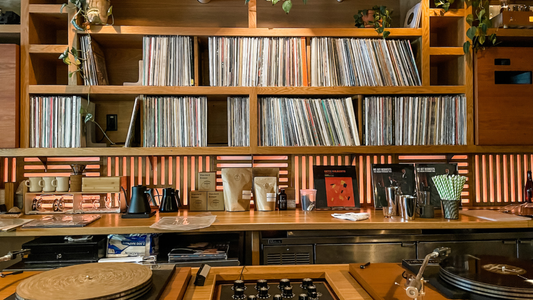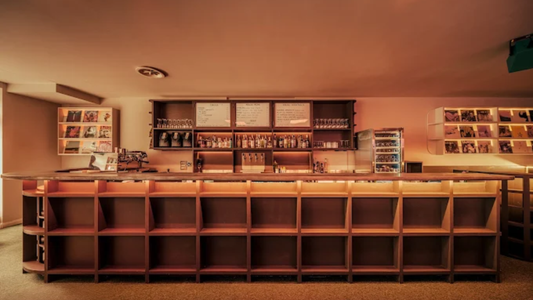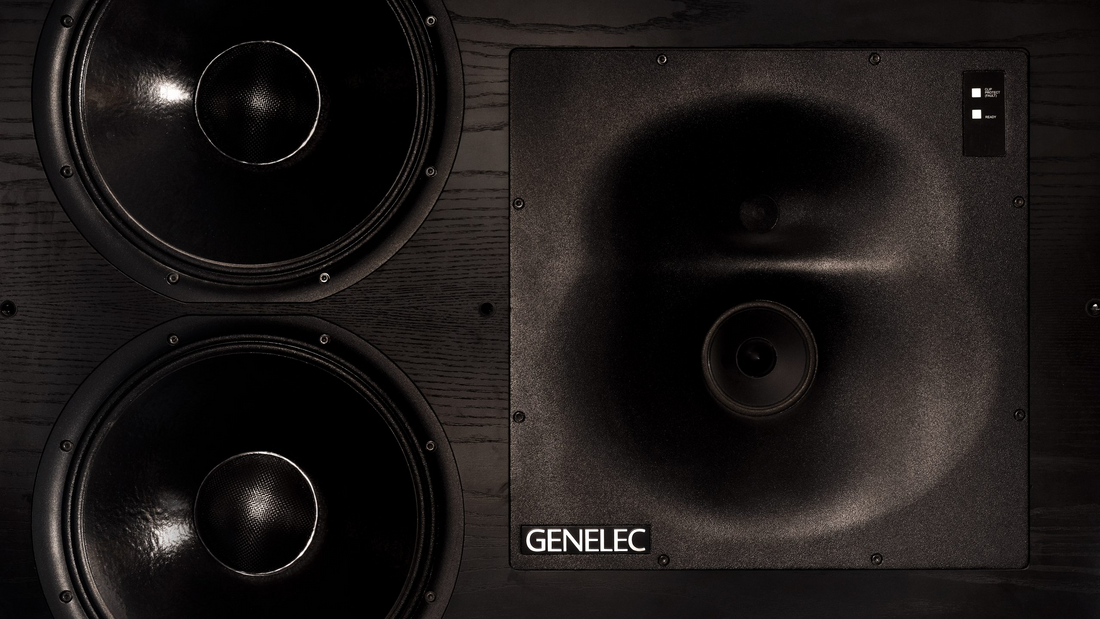
A Beginner’s Guide to Becoming a Slow Listener
By Rafi Mercer
We are taught to consume quickly.
Scroll, swipe, skip — music has become a backdrop, compressed into fragments to fill the gaps between everything else.
But there is another way.
Slow listening is not about scarcity or nostalgia; it is about presence.
It is about giving music your time, your attention, and in return receiving something more than sound — an experience that lingers.
Becoming a slow listener begins with intention.
Choose one album.
Not a playlist, not a shuffle, but a single record or stream from start to finish.
Let the artist’s sequence guide you. The opening track is not an isolated hook but a doorway; the closing one, a farewell. By committing to the whole, you enter the space the music was designed to create.
The second step is setting. A quiet room, a comfortable chair, speakers angled towards you — the basics matter. In listening bars from Tokyo to London, you notice how the environment is tuned for focus. At home, you can replicate this in simple ways: dim the lights, silence the phone, pour a drink. The point is not extravagance but undivided attention.
Then comes patience. In the first ten minutes you may feel restless. Stay with it. By track three or four, the restlessness dissolves and the music takes over. This shift — from control to surrender — is the essence of slow listening. You begin to hear details you missed: the breath before a vocal line, the decay of a cymbal, the silence that frames a note.
Slow listening is not an exercise in discipline alone. It is a gift. It restores proportion in a world of constant noise. It offers a rhythm closer to that of walking, cooking, or breathing than to scrolling. And it reminds us that time itself can be experienced differently — stretched, deepened, made more generous — when given to music.
If you need a place to start, choose a record with shape: Miles Davis’s Kind of Blue, Donny Hathaway’s Extension of a Man, or Philip Glass’s String Quartets. Sit with them. Let their worlds unfold. You will find that when the final note fades, you are not only hearing differently, you are thinking differently.
In the end, slow listening is less a practice than a posture. It is how we choose to encounter art, and by extension, how we choose to encounter each other. A room, a record, a little time — that is all it asks. And what it gives back is more than worth the wait.
Rafi Mercer writes about the spaces where music matters. For more stories from Tracks & Tales, subscribe, or click here to read more.
